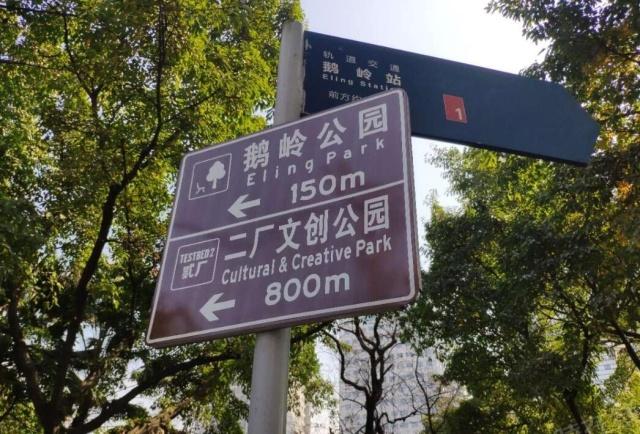Let’s continue to talk about the deserted and isolated city of the “Lonely Planet” series.
Island vacation is the most popular tourist destination. The tourism industries of Thailand, the Philippines, and the Maldives all rely on the ecologically superior islands. On these islands, there are luxury hotels for tourists from all over the world.
This kind of investment and construction is still in progress, and even some remote uninhabited islands in the past are frantically building resort hotels and villas. This kind of huge investment of tens of millions of dollars is actually a very high-risk operation. Once the capital chain is broken, the operation strategy is wrong, and the number of tourists declines, it is easy to go bankrupt.
Hachijo Island is a Japanese island that is relatively unfamiliar to Chinese tourists. In the middle of the last century, with the rapid rise of the Japanese economy and the rapid development of tourism, this island located 287 kilometers south of Tokyo is vividly called the “Japanese Hawaii” by Japan. With the surge in tourists, construction of an ultra-luxury hotel began in 1960, and the Hachijo Royal Hotel opened three years later.
Japan, beaten to the ground by the United States, has an inexplicable affinity for the West. However, as Europe and the United States remained vigilant towards Japan shortly after the end of World War II, it was not convenient to apply for outbound travel. In order to protect domestic consumption power and avoid foreign exchange outflows, Japan restricts outbound travel. In this context, Hachijo Island, which has no external competition, has become a popular tourist destination.
In 1963, the Royal Palace with the theme of European style officially opened. It was known as the most luxurious hotel at that time and attracted many Japanese tourists. The Japanese social circle at that time was all proud of being able to live in such a hotel. If anyone around him went to Hachijojima for a holiday and stayed at the Royal Hotel, they would definitely be the envy of people.
But with the relaxation of “outbound” conditions and the rapid increase in Japan’s national income, traveling abroad is no longer a difficult task. Especially in the 1980s and 1990s, the consumption of revenge after becoming rich made Japanese tourists spread all over Europe, Asia, and the Americas. Although Hachijo Island is clean and suitable for diving and hiking, there is no golden beach. And because it is very far from the main island of Japan, the transportation is inconvenient, and the prices are not low, there is a feeling as if you go to Sanya to be more expensive than Thailand.
Coupled with the rise of Okinawa’s tourism industry, Hachijo Island has experienced a sharp decline in the number of tourists in just a few years, and this luxury hotel that many people couldn’t afford to climb in the past has gradually become a stunner. In the late 1990s, the hotel business went from bad to worse. By this time, the hotel had changed owners many times and became a burden. Whoever takes over will be unlucky.
In 1996, the Royal Hotel, which had been closed for a long time, reopened. Although it cost a lot of money to repair it and put up a wave of advertisements, there are only a few tourists who come to experience it. Japanese tourists at this time are no longer the original nouveau riche image, it is impossible to travel because of an old hotel. The hotel was finally closed in the summer of 2003 and was later transformed into a resort, but it did not persist for three years. In 2006, it was completely abandoned on Hachijo Island.
A few years later, this famous hotel in the past was overgrown with weeds, presenting an aura of dilapidated loneliness everywhere. Some rooms with broken windows have long been soaked by rain, and the seeds floating in from the windows following the sea breeze have already taken root on the wooden boards, sofas, and bed sheets. It looks like a forest has grown out of the hotel.
Only a few rooms have been kept intact because the doors and windows are closed. But once the door was opened, the old musty smell was still very impressive. In recent years, because the hotel has become deserted and popular, it has attracted many tourists to break in. The original lobby facilities and room layout have also been destroyed to a certain extent.
Or because the Japanese gods talk too much, the abandoned houses in this country always give people an uncomfortable feeling. People walking inside the hotel, the squeaking and squeaking sounds from the feet on the wooden planks, and the whining sound from the sea breeze blowing through the windows, make the scalp numb, and I can’t help but look behind me, fearing to meet my heart. I don’t want to see the scene in it.
There are nearly ten thousand residents on Hachijo Island. According to the legend, the residents here were still left when Xu Fu traveled to Japan. Few people in Hachijo Island today talked about the “empty city” with the largest area on the island, and no one broke in to move furniture. Only when outsiders asked, the local residents were in a daze: Many years ago, they thought that this hotel would promote local tourism and improve their lives. Thinking about it, it was a dream after all.




























































You must log in to post a comment.